This article was written for and originally posted on FreestyleConnection. It is a collection of my thought on what it means and take to be an "athlete", the liver of an athletic life. Photos courtesy of FreestyleConnection
Are you Ready to be an Athlete?
I don't CrossFit. I don't power lift. I don't Olympic lift. I don't do gymnastics. I don't cycle. I don't hike. I don't swim. I don't climb. I don't play team sports. And I certainly don't run, not at all. I made these affirmations at various points in my life, leading to a lifestyle that was not active, not athletic. As opportunities came up I simply chose not to participate. Each time I opted out, the divide between me and an active life expanded, and as I grew older I found myself opting out more and more. It's not that I didn't want to participate. I liked athletics and I knew the benefits. I just always had a great reason not to engage and I'm not alone. Many of us tell ourselves seemingly good reasons why we can't participate: we're out of shape, don't know how, or can't make the time. Our back/knee/shoulder [insert body part] hurts. The list goes on. I had the best excuse ever: At the age of eight I was struck by a semi-truck and my leg was mangled almost beyond recognition. I had a physical disability.
My leg is a mess. Half my knee is gone, I'm missing critical muscles, some of my major nerves don't work, and my bones are twisted and deformed from abnormal growth. My leg is skinny, crooked, two inches shorter, covered in scar tissue, has joints that bend at weird angles, and requires the constant support of a foot-to-hip brace. Nothing about my leg says athlete. Despite my condition, I held out hope that one day I could walk into a gym or onto a court and I would not be disabled or at least not SO disabled. A day where I would be "ready" to participate. After my initial recovery from the accident the doctors projected, "Technology is advancing all the time. In five or ten years there could be a new surgery/implant/orthotic that will restore your ability". The notion was comforting. A nice mental escape from the reality of the obliterated leg that lay in front of me. I could hold out for a time in the future when my condition could be “fixed”. It seemed plausible, I was young and my life seemed to stretch out to an unending horizon. So I directed my energy into this idea. I sat on the sidelines and I waited. However as the years passed and the seemly infinite became finite, my faith in this proposition began to erode.
At the age of 30 that hope finally died. After more than a decade since my last major check-up, I went to visit the best orthopedic surgeons and orthotists in California. During the appointments, the message was hauntingly familiar, "There is nothing more that we can do for you now, but the next five to ten years looks promising for development, come back and see us then!" Twenty-two years had past and no solution had been delivered to me. Furthermore, I now had no reason to believe the next two decades would yield any different.
So there I was, on the edge of a chasm between the life I wanted and the life I had. I had stared at this gap my entire life, but now I was seeing it clearly for the first time. I finally saw the realities that I should have internalized a long time ago: there was no quick fix and there never would be. There is only today and only the body I have left. I now looked down at my mangled limb with the understanding that it was here to stay. It wasn't an external obstacle, it was part of me. If I was ever going to participate, it was coming along for the ride. No more hoping and waiting. My leg and I were going to do this together. Time to stop expecting the world to deliver a solution. Time to take my well-being into my own hands. Time to take one step forward into the gap.
The first step I took was into San Francisco CrossFit. I stepped in with a serious physical disability, a poorly functioning leg brace, a major body image issue, and no plan beyond showing up. A great list of reasons why I should have turned around and walked right back out the door. But this time, I didn't let these issues prevent me from participating. I now recognized that these issues only had the potential to define HOW I participated, but not IF I participated. The decision to participate was completely up to me. It was also up to me to come back the following day, and I did, then the day after that, and so on.
Over the following months and years I went from not being able to air squat, to squatting 300 pounds. From not being able to run, to running an 11 mile race. From never hiking, to summiting a 16,000 foot mountain. From being ashamed to wear shorts, to not giving it a second though. One by one I addressed my list of issues. As I gained momentum, the focus on my own well-being, learning and lifestyle became more important than all the bullshit I dragged through the door with me on day one.
Now looking back, I can see the exact point at which I became an athlete. It was not after I hit a certain threshold of ability, the day I became in-shape, or the day I first competed. It was the day I made the decision to participate. The moment I took my first step into the gap. It turns out that the gap to the athletic life is only one step wide. The athletic life is a state of being. It's about expectation and commitment. The expectation is that we can get more from our bodies tomorrow than we did today: more functionality, more utility, more capacity, and less pain. The commitment is to work towards that expectation. It has nothing to do with what you bring to the table, it's the decision that you belong at the table. You can be uncoordinated and become an athlete. You can be out-of-shape and become an athlete. You can have a permanent injury and become an athlete. You can be disabled and become athlete. It comes down to a simple choice: to participate or not. You are ready. You have always been ready. Now take that first step and just keep moving your feet. Welcome to the club.
Now, I CrossFit. I power lift. I Olympic lift. I do gymnastics. I cycle. I hike. I swim. I climb. I play team sports. I run (I hate it, but I do it). I play tennis. I snowboard. I backpack. I trapeze. I TRX. I parkour. I ultimate frisbee... Now, I'll pretty much do anything because I am an athlete.
My leg is a mess. Half my knee is gone, I'm missing critical muscles, some of my major nerves don't work, and my bones are twisted and deformed from abnormal growth. My leg is skinny, crooked, two inches shorter, covered in scar tissue, has joints that bend at weird angles, and requires the constant support of a foot-to-hip brace. Nothing about my leg says athlete. Despite my condition, I held out hope that one day I could walk into a gym or onto a court and I would not be disabled or at least not SO disabled. A day where I would be "ready" to participate. After my initial recovery from the accident the doctors projected, "Technology is advancing all the time. In five or ten years there could be a new surgery/implant/orthotic that will restore your ability". The notion was comforting. A nice mental escape from the reality of the obliterated leg that lay in front of me. I could hold out for a time in the future when my condition could be “fixed”. It seemed plausible, I was young and my life seemed to stretch out to an unending horizon. So I directed my energy into this idea. I sat on the sidelines and I waited. However as the years passed and the seemly infinite became finite, my faith in this proposition began to erode.
At the age of 30 that hope finally died. After more than a decade since my last major check-up, I went to visit the best orthopedic surgeons and orthotists in California. During the appointments, the message was hauntingly familiar, "There is nothing more that we can do for you now, but the next five to ten years looks promising for development, come back and see us then!" Twenty-two years had past and no solution had been delivered to me. Furthermore, I now had no reason to believe the next two decades would yield any different.
So there I was, on the edge of a chasm between the life I wanted and the life I had. I had stared at this gap my entire life, but now I was seeing it clearly for the first time. I finally saw the realities that I should have internalized a long time ago: there was no quick fix and there never would be. There is only today and only the body I have left. I now looked down at my mangled limb with the understanding that it was here to stay. It wasn't an external obstacle, it was part of me. If I was ever going to participate, it was coming along for the ride. No more hoping and waiting. My leg and I were going to do this together. Time to stop expecting the world to deliver a solution. Time to take my well-being into my own hands. Time to take one step forward into the gap.
The first step I took was into San Francisco CrossFit. I stepped in with a serious physical disability, a poorly functioning leg brace, a major body image issue, and no plan beyond showing up. A great list of reasons why I should have turned around and walked right back out the door. But this time, I didn't let these issues prevent me from participating. I now recognized that these issues only had the potential to define HOW I participated, but not IF I participated. The decision to participate was completely up to me. It was also up to me to come back the following day, and I did, then the day after that, and so on.
Over the following months and years I went from not being able to air squat, to squatting 300 pounds. From not being able to run, to running an 11 mile race. From never hiking, to summiting a 16,000 foot mountain. From being ashamed to wear shorts, to not giving it a second though. One by one I addressed my list of issues. As I gained momentum, the focus on my own well-being, learning and lifestyle became more important than all the bullshit I dragged through the door with me on day one.
Now looking back, I can see the exact point at which I became an athlete. It was not after I hit a certain threshold of ability, the day I became in-shape, or the day I first competed. It was the day I made the decision to participate. The moment I took my first step into the gap. It turns out that the gap to the athletic life is only one step wide. The athletic life is a state of being. It's about expectation and commitment. The expectation is that we can get more from our bodies tomorrow than we did today: more functionality, more utility, more capacity, and less pain. The commitment is to work towards that expectation. It has nothing to do with what you bring to the table, it's the decision that you belong at the table. You can be uncoordinated and become an athlete. You can be out-of-shape and become an athlete. You can have a permanent injury and become an athlete. You can be disabled and become athlete. It comes down to a simple choice: to participate or not. You are ready. You have always been ready. Now take that first step and just keep moving your feet. Welcome to the club.
Now, I CrossFit. I power lift. I Olympic lift. I do gymnastics. I cycle. I hike. I swim. I climb. I play team sports. I run (I hate it, but I do it). I play tennis. I snowboard. I backpack. I trapeze. I TRX. I parkour. I ultimate frisbee... Now, I'll pretty much do anything because I am an athlete.
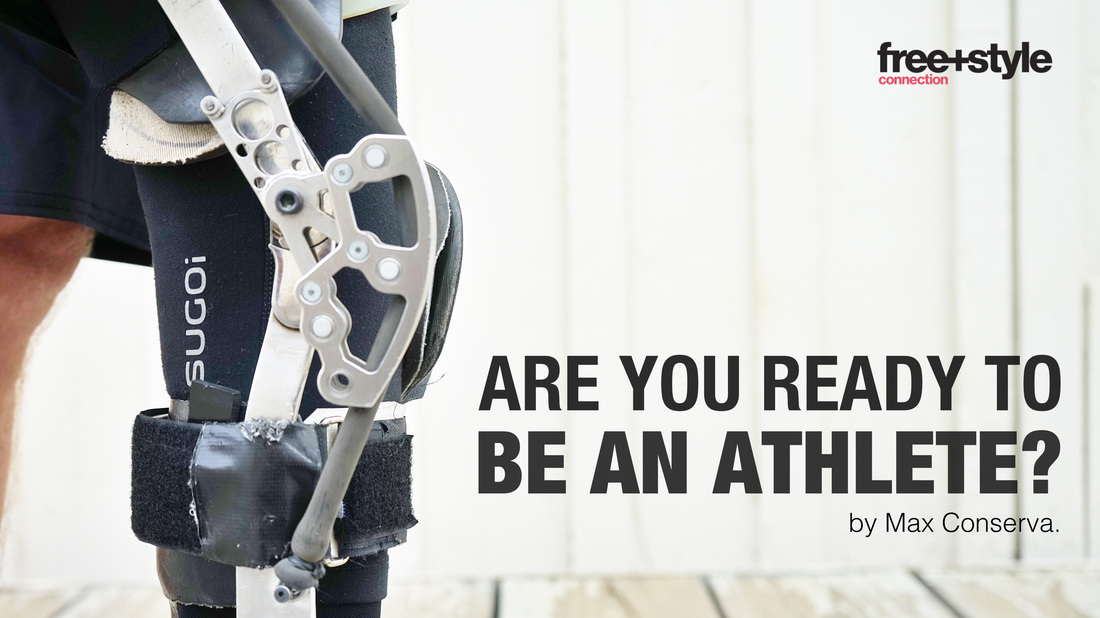
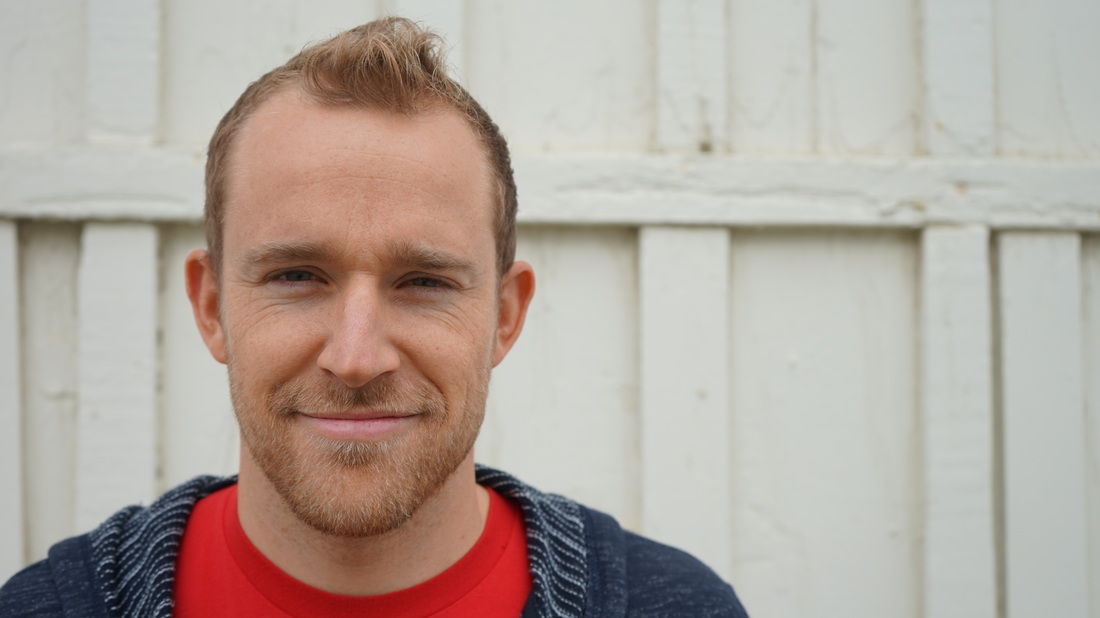
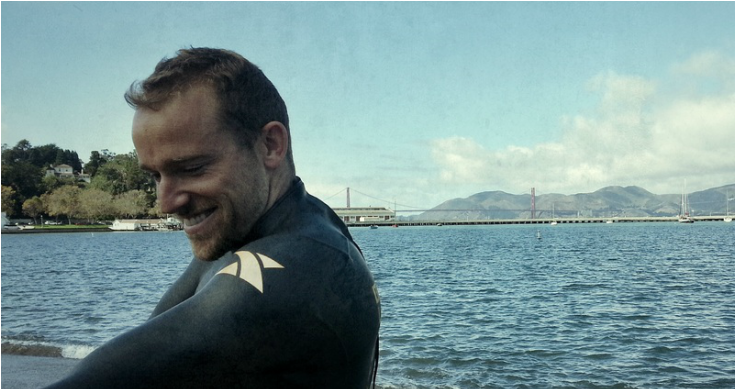
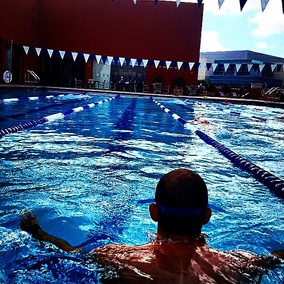
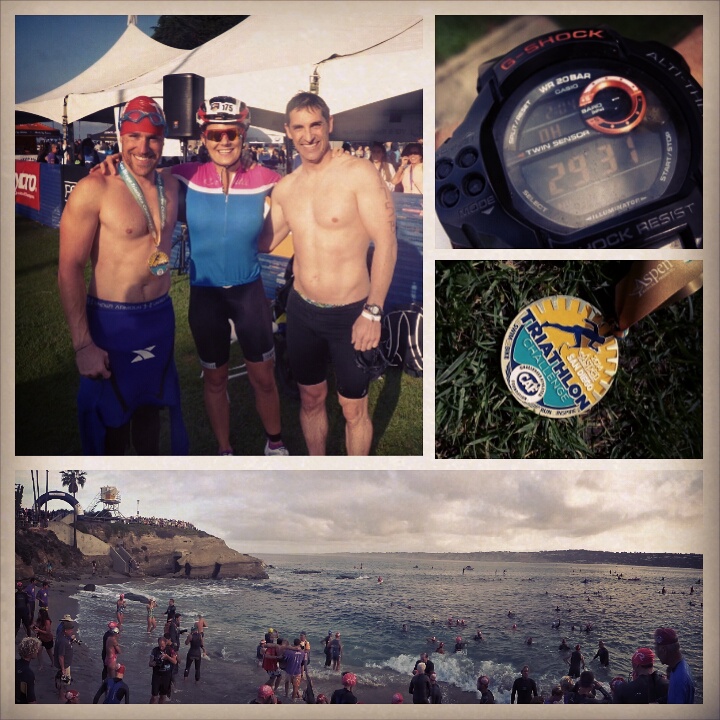
 RSS Feed
RSS Feed